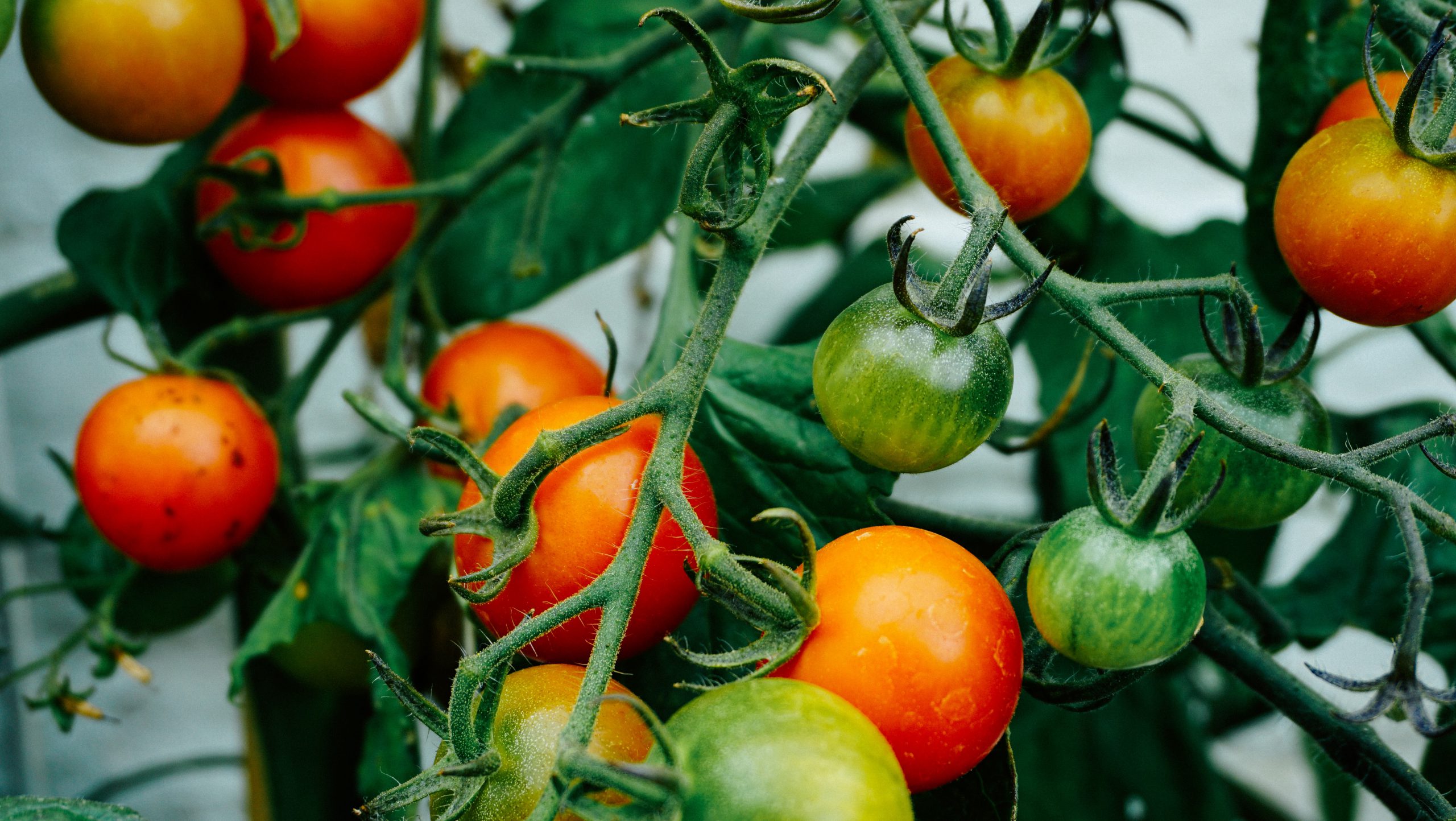
Why cut out dairy and eggs?
Cow farming, including growing crops for their feed, is a significant source of greenhouse gas emissions and deforestation. So cutting out dairy is an easy way to reduce your environmental footprint.
Many people also choose to cut out dairy for ethical reasons. Cows only produce milk if they’ve been pregnant, in order to feed their calf – but the dairy industry relies on removing the calf from its mother so we can use the milk instead. The separation distresses both the mother and the calf, and male calves are usually slaughtered at just over a year old.
You may think that eggs are cruelty-free – after all, supermarket eggs aren’t fertilised, so no animal is directly killed to produce that egg. However, chickens farmed for eggs (layers) and chickens farmed to produce the next generation (breeders) are usually kept in overcrowded conditions that lead to aggression and disease. Farmers routinely give their chickens antibiotics “just in case”, which leads to antibiotic resistance. And male chicks are an unwanted waste product of the chicken breeding industry, routinely killed at just a day old.
So do we need dairy and eggs?
The simple answer is no! The dairy industry has spent decades convincing us that we need cow’s milk to keep us healthy, but it just isn’t true – in fact, 68% of the world’s population is lactose intolerant, avoiding dairy products altogether, and suffering no ill effects whatsoever[1].
But we do need calcium – we just have to get it from other sources.
Cutting out dairy is getting easier all the time, but if you’re finding it difficult, you don’t have to do it all in one go. It’s better to take small successful steps towards the goal, rather than try to do it all at once and fail. Personally, I found it very easy to give up milk and yoghurt, while cheese took several years. But any progress is better than giving up.
Eggs are a good source of protein, and they are often used as a source of fat and for their binding properties in traditional recipes. The fact that egg is used in so many ways means there’s no one-size-fits-all alternative, and we have to be a bit creative, using vegetable oils, flax seeds, and even apple sauce depending on what property of eggs we’re trying to substitute for.
What are some non-dairy sources of calcium?
You can get calcium from many sources other than dairy products. According to the NHS article “The Vegan Diet”,[2], you can get calcium from:
- green, leafy vegetables e.g. broccoli, cabbage and okra
- fortified unsweetened soya
- rice and oat drinks
- calcium-set tofu
- sesame seeds and tahini (an ingredient in hummus)
- pulses (peas, beans and lentils)
- bread (in the UK, calcium is added to white and brown flour by law)
- and dried fruit, such as raisins, prunes, figs and dried apricots
What are some dairy alternatives?
Vegan milk alternatives
There are plenty of different plant-based milk substitutes. Oat, almond, coconut and soya milk are all well-established and popular, while more recent products include milk made from peas and even potatoes. I find oat milk is the most versatile, and it also has the lowest environmental impact – but all plant milks have a lower impact than dairy milk, so whichever plant milk you prefer, go for it.[3]
Vegan butter alternatives
Butter can be replaced with nut butter (like peanut butter) or excellent vegan butter alternatives like Flora Plant Butter, which is available in a block for baking or a tub for easy spreading. Many other vegan butter products are slimy and tasteless, so I’d urge you to avoid wasting your money on them and go straight for the Flora. Alternatively, you could just not use butter at all, and swap it for vegan pesto (we recommend Sacla), vegan mayonnaise (Hellmans) or any jam (jelly).
Vegan egg alternatives
When baking, eggs are easily replaced with alternatives as varied as banana, apple sauce, aquafaba, flax seed, baking soda, lemonade and vegan yoghurt. Use a good vegan recipe to make sure the right balance of fats and moisture is retained – don’t just substitute at random (baking is more like chemistry than cooking and goes wrong easily).
If you miss the egg running out of your breakfast butty, egg yolk can be replaced with vegan butter mixed with nutritional yeast (no one really likes the white bit anyway, right?).
Scrambled eggs can be mocked up using tofu, and omelettes made using chickpea (gram) flour.
Vegan alternatives to honey
Alternatives to honey are agave syrup (which comes from cacti, and is virtually indistinguishable from runny honey) or maple syrup (which has its own delicious flavour).
Vegan yoghurt alternatives
Yoghurt is an easy swap – there are many vegan yoghurt alternatives available. I prefer the coconut-based ones but that’s really a personal choice.
One great thing about buying a big tub of plain vegan yoghurt is its versatility. You can mix it up with agave syrup one day, defrosted fruit the next, then crunchy oatmeal and raisins, jam, or whatever you fancy. Plus if you’re looking for something savoury, you can spoon it straight from the pot, onto a curry, chilli or nachos. Add a splash of lemon juice as you serve it to make it a little bit more tart if necessary.
Vegan cheese alternatives
Vegan cheese took a huge step forward in 2022 with the release of Cathedral City’s Plant Based Dairy Free block. It’s an absolute game changer as (unlike all other vegan cheese) it actually tastes and behaves like mature cheddar. Go on any vegan group and ask what their favourite cheese is, and you’ll see it’s the clear winner. It does smell quite a lot, but you could argue, so does good real cheese.
For other types of cheeses and more recommendations, check out our eco-friendly alternatives page for a list of our favourite vegan alternatives!
Next:
Step 4: go completely vegetarian
Previous:
Step 2: stop eating beef
[1] Storhaug et al, (2017). Country, regional, and global estimates for lactose malabsorption in adults: a systematic review and meta-analysis. The Lancet, volume 2, issue 10, P738-746, October 01, 2017
[2] nhs.uk. 2021. The Vegan Diet. [online] Available at: <https://www.nhs.uk/live-well/eat-well/the-vegan-diet/> [Accessed 17 January 2021].
[3] the Guardian. 2021. Almonds Are Out. Dairy Is A Disaster. So What Milk Should We Drink?. [online] Available at: <https://www.theguardian.com/environment/2020/jan/28/what-plant-milk-should-i-drink-almond-killing-bees-aoe> [Accessed 17 January 2021].
Photo credit: Sandi Benedicta on Unsplash

